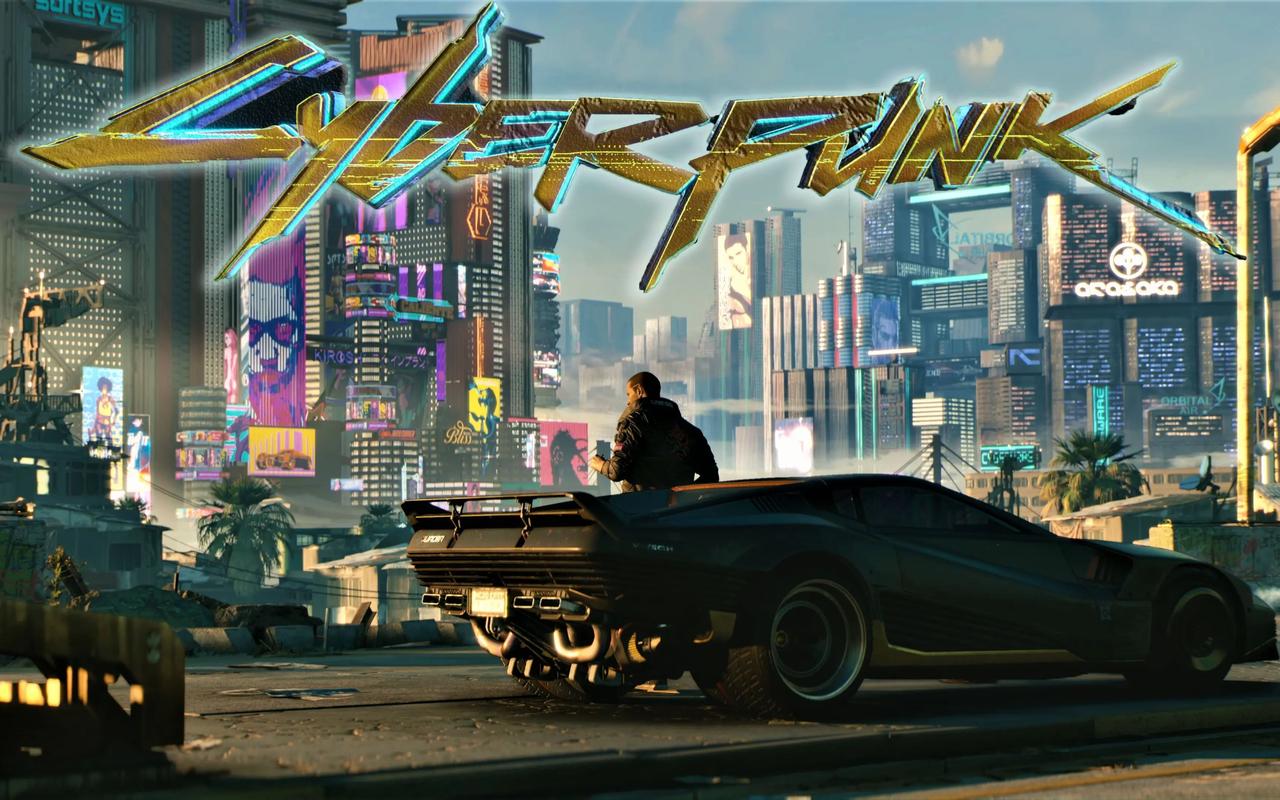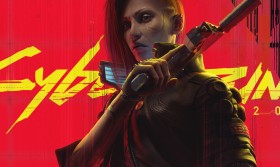Key Updates in AAA Game News: Character Customization
The landscape of AAA gaming is perpetually evolving, with developers pushing the boundaries of technology and creativity to deliver more immersive and personalized experiences. One of the most significant and consistently highlighted areas of innovation is character customization. Gone are the days of selecting from a handful of pre-set faces and hairstyles. Today, the depth and breadth of options available to players are staggering, transforming character creation from a mere prelude into a core gameplay feature. Recent advancements in several high-profile titles signal a new era where player identity is not just seen but deeply felt within the virtual world.
The Evolution from Aesthetic to Functional Customization
Traditionally, character customization was purely cosmetic. Players could alter appearances to suit their visual preferences, but these choices rarely impacted the game’s narrative or mechanics. The latest wave of AAA games is shattering this paradigm by introducing functional customization, where a character’s appearance is intrinsically linked to their abilities, the story, and the world’s reactivity.
A prime example is the highly anticipated Dragon Age: The Veilguard. BioWare has showcased a character creator that is not only remarkably detailed in its visual options but also deeply tied to the game’s lore and narrative outcomes. The choice of a character’s race—be it Human, Elf, Dwarf, or Qunari—now carries more weight than ever, opening unique dialogue trees, questlines, and even altering how factions perceive and interact with the player. This move signifies a shift towards "narrative customization," where who you choose to be fundamentally shapes the story you experience. The game’s developers have emphasized that these choices are not superficial; an Elf from the Dalish clans will have a profoundly different journey through Thedas than a Dwarf from the subterranean city of Kal-Sharok.
Similarly, CD Projekt Red’s upcoming Project Orion, the next title in the Cyberpunk universe, is expected to expand upon the foundation of Cyberpunk 2077. The original game offered extensive body modification and style choices, but their impact was largely visual. Industry whispers suggest that in the sequel, cyberware modifications will be more visibly integrated into the character’s model and will have a more pronounced effect on gameplay. Choosing to install massive Gorilla Arms or advanced optical camo won’t just change your stats; it will alter your physical silhouette and how NPCs in the world react to you—a terrifyingly chromed-out "borg" might intimidate certain characters or be denied entry to upscale establishments, adding a layer of social strategy to customization choices.
Technological Leaps: Photorealism and Inclusivity
The drive for photorealism in games has directly fueled a revolution in character creation tools. The use of photogrammetry, advanced skin shaders, and ray tracing allows for an unprecedented level of detail. Games like Star Wars Outlaws from Ubisoft Massive are leveraging these technologies to create protagonists and NPCs that are nearly indistinguishable from real humans. This leap in fidelity makes the customization process more meaningful; the subtle differences in skin texture, eye moisture, and hair physics allow players to create avatars that feel truly authentic and unique.
This pursuit of realism is hand-in-hand with a crucial industry-wide push towards greater inclusivity. Modern character creators are no longer an afterthought but a platform for representation. Baldur’s Gate 3 by Larian Studios set a new benchmark in 2023, offering an astounding array of options for body types, skin tones, voices (which are not gender-locked), and even genitalia. This commitment allows players to create characters that truly represent themselves or their vision, fostering a deeper connection to the game world.
Furthermore, developers are now incorporating options for vitiligo, albinism, a vast spectrum of Afro-textured hairstyles, and culturally significant tattoos and jewelry. This shift is not merely about adding more sliders; it’s about acknowledging and respecting the diverse global audience that plays these games. It makes the virtual worlds we inhabit richer, more reflective of reality, and more welcoming to all players.
The Future is Procedural and Persistent
Looking further ahead, the future of character customization lies in procedural generation and persistent evolution. Everywhere, a new ambitious project from Build A Rocket Boy (headed by former Rockstar North president Leslie Benzies), is touting a system where a player’s character can seamlessly travel between a vast array of user-generated experiences. This requires a persistent avatar that remains consistent across these different game modes and worlds, pushing the need for a robust, highly detailed, and versatile creator that can hold up in countless environmental and gameplay contexts.
Another emerging trend is the concept of characters that change and evolve organically based on gameplay. Imagine a system where a character’s hair grows over time, scars from major battles remain permanently, or skin tans and weathers based on the in-game environments they frequent. While some games have dabbled in this, future titles are likely to integrate these features into their core customization philosophy, making the avatar a living, breathing document of the player’s journey.
Conclusion
The updates in AAA game character customization are moving far beyond simple aesthetics. They are becoming a sophisticated blend of narrative agency, technological prowess, and social inclusivity. The modern character creator is a gateway to a more personal and impactful adventure. It is where a player’s identity is first imprinted upon the game world, a world that is now increasingly designed to recognize, react to, and be shaped by that identity. As we move forward, the line between the player and the protagonist will continue to blur, thanks to these incredible innovations that ensure our digital selves are as complex and unique as we are.

















